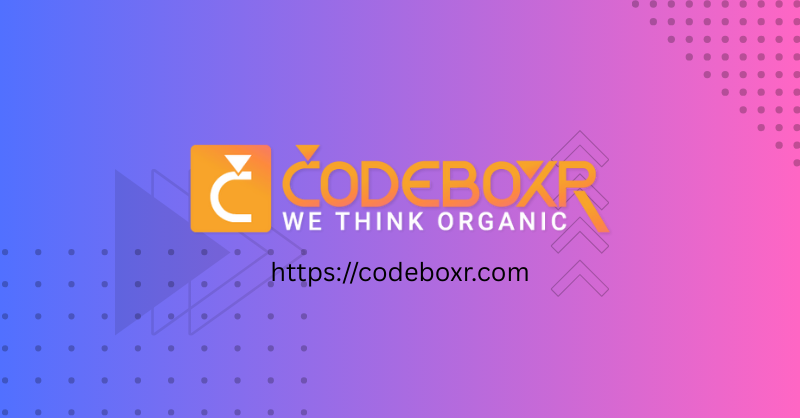We spend most of life learning. But the quiet, underrated sibling of growth is unlearning — intentionally shedding ideas, habits, and assumptions that block forward motion. Here’s why unlearning matters and how to practice it, step by deliberate step.
Why unlearning is worth your attention
Learning stacks knowledge; unlearning clears the cache. In fast-changing fields — tech, culture, careers — old rules become technical debt. Unlearning is how you replace brittle habits with adaptive ones. Think of it as a maintenance routine for the mind: you need it to avoid obsolescence and to stay creative.
Where unlearning matters most
- Skills & tools: APIs, frameworks, and workflows change — unlearn old shortcuts that introduce bugs.
- Habits: Routines that once helped you survive can prevent you from thriving later.
- Assumptions: “This is how we’ve always done it” is the most productive target for unlearning.
- Identity scripts: Beliefs like “I’m not creative” or “I’m bad at math” are often learned constraints, not facts.
The science-light behind it (practical intuition)
Brains encode habits through repetition; that’s great for efficiency. But the same mechanism makes unhelpful beliefs stick. To unlearn, you must create counter-evidence: new experiences that contradict the old pattern. Repetition helps again — but this time repeat the new behavior until it becomes the default.
Six practical steps to unlearn effectively
- Spot the assumption. Write down a belief or habit you suspect is outdated. Make it explicit: “I must always respond immediately to messages.”
- Test it empirically. Treat the belief like a hypothesis. Design a small experiment that could disprove it. For example: delay replies for a day and observe outcomes.
- Gather counter-evidence. Collect data, feedback, or direct experience that shows the old belief is incomplete or false.
- Replace, don’t erase. Swap the old habit with a concrete alternative (e.g., scheduled check-ins instead of continuous pings).
- Repeat and reinforce. New habits need practice. Use triggers, tiny wins, and habit-stacking to make the new behavior more automatic.
- Reflect and adjust. After a trial period, reflect on what changed and which assumptions still hold. Iterate the experiment.
Mini exercises (do one now)
- 60-second audit: Pick a daily rule you follow without thinking. Write it down and ask: “Why do I do this?”
- One-week experiment: Replace that rule with a small alternative and journal the results for seven days.
- Beginner’s practice: Learn a tiny skill where you are a novice — it trains humility and habit rewiring.
Common pitfalls and how to avoid them
Pitfall: Confusing unlearning with convenience. Don’t drop valuable practices because they’re uncomfortable; drop them because they’re wrong or inefficient.
Pitfall: All-or-nothing thinking. Unlearning is gradual. Aim for experiments and evidence, not dramatic symbolic gestures.
Safeguard: Use small, reversible tests. That keeps risk low and learning high.
Real-world examples (short)
- Engineering: A team unlearns “push-only deployments” and adopts feature flags; rollback becomes simpler and releases accelerate.
- Leadership: A manager unlearns “always have the answer” and instead coaches the team to surface solutions — innovation rises.
- Personal: Someone unlearns the idea that productivity equals busyness and replaces it with prioritized focus — stress drops, output improves.
How to measure progress
Pick one metric linked to the belief you’re testing — response time, bugs per release, sleep hours, number of new ideas recorded — and measure it before and after. If the metric moves in the desired direction, you’re on the right track.
Final thoughts — a forward-thinking nudge
In a world where knowledge grows faster than our attention, unlearning is a survival skill and a creativity amplifier. Treat your beliefs like code: refactor regularly, run tests, and keep your mental architecture lean. The future will reward people who can learn fast and unlearn faster.
Self Promotion
Since 2011, Codeboxr has been transforming client visions into powerful, user-friendly web experiences. We specialize in building bespoke web applications that drive growth and engagement. Our deep expertise in modern technologies like Laravel and Flutter allows us to create robust, scalable solutions from the ground up. As WordPress veterans, we also excel at crafting high-performance websites and developing advanced custom plugins that extend functionality perfectly to your needs. Let’s build the advanced web solution your business demands.
